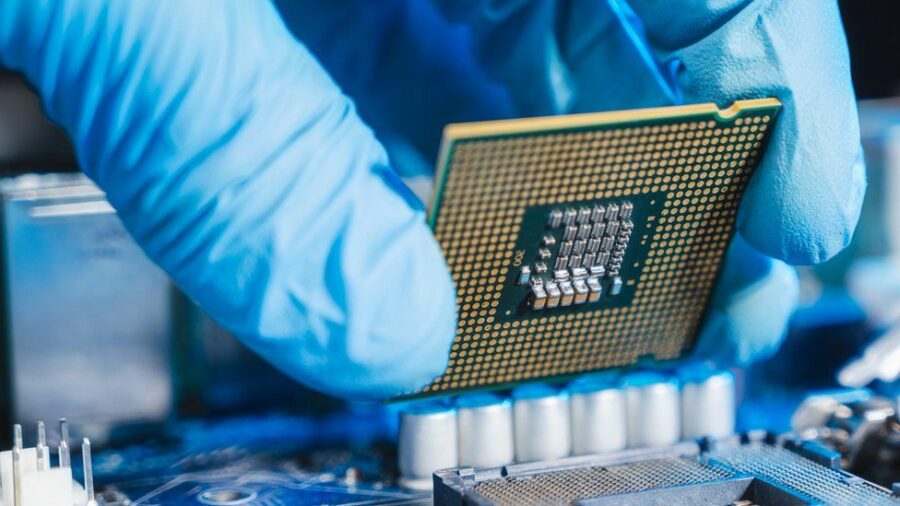Over the last two years, the shortage of electronic chips has had a significant influence on our lives. Due to the difficulties and high expense of manufacturing automobiles, electronic chips have gotten more expensive. Computer manufacturers have also struggled to match consumer demands, particularly during study periods and distant employment. Release dates have been brought ahead throughout 2021 and the following years, in addition to delaying a slew of products.
Some signs of recovery are currently seen in this area, but with various degrees of intensity, as Bain & Company predicts that some sectors will recover by the end of the year, while others will not until 2024 or later.
According to estimates provided by the management consultancy firm, the auto and industrial sectors are among the most hit by the chip shortage, but they will recover the fastest.
Bain & Company forecasts a boost in supply in these segments in late 2022 and early 2023 as their products rely significantly on semiconductors in two categories, including “advanced” 12-inch wafers and 6-inch and 8-inch “different” wafers.
Furthermore, according to Bain, these two industries will see a large rise in manufacturing capacity over the next 9 to 12 months as a result of new ready-made items that will be offered via the Internet as these chips account for more than 90 percent of semiconductors used by automobile and industrial manufacturers.
The consumer electronics sector, which includes smartphones and tablets, will see a similar recovery from the issue of electronic chips over the next year and beyond, according to the study, because these electronic products rely on chips designed in 6 inches, 8 inches, and 12 inches, whose production will increase, and they will resort to using Other types of semiconductors based on materials available on a large scale.
Chipmakers have been challenged to keep up with the rising demand for computers, game consoles, and a variety of other items while also dealing with production slowdowns due to the pandemic lockdowns.
Intel, Samsung, and TSMC may be able to help raise chip supplies, but it will take at least two years for these businesses to get up and running; Intel has already begun construction on its own chip factory, but it will not begin production until 2024.
On the other hand, Bain & Company projects the current shortage will hurt many industries until 2024, including game consoles and computer servers, because demand for these products increased significantly during the Covid-19 pandemic, and supply in the market falls within Under the “bleeding” chips, but production of advanced substrates ceased, resulting in a decrease in supply in the market.
According to the analysis, suppliers of these products are hampered by a lack of financial resources to build factories dedicated to producing their own advanced substrates and respond quickly to rising demand, resulting in advanced chips based on these substrates accounting for nearly half of all semiconductors used in servers and more than half of all semiconductors used in game consoles.
To overcome the challenges that may face her future path, Bain notes that success in overcoming the shortage of electronic chips requires the development of a comprehensive and radical solution, but the leading companies recognize that supply chain disruptions will not go away, noting that it is necessary to move quickly to improve their flexibility and prepare themselves for a better proactive response.
Noteworthy that Toyota’s profits plummeted by nearly 21 percent in the last three months of last year due to a global reduction in the production of electronic chips.
The world’s best-selling vehicle firm had lowered annual production by roughly half a million cars, reducing total production to around 8.5 million cars this year.
It’s a “basic” supply and demand problem, says Forrester Analystics’s Gen Odonell, as evidenced by the fact that after firms decreased automobile production at the start of the epidemic, assuming that people would not be interested in buying new cars, the contrary was true.








